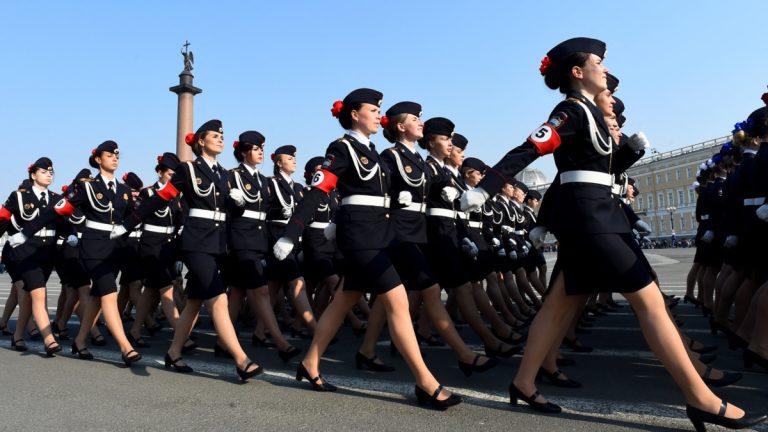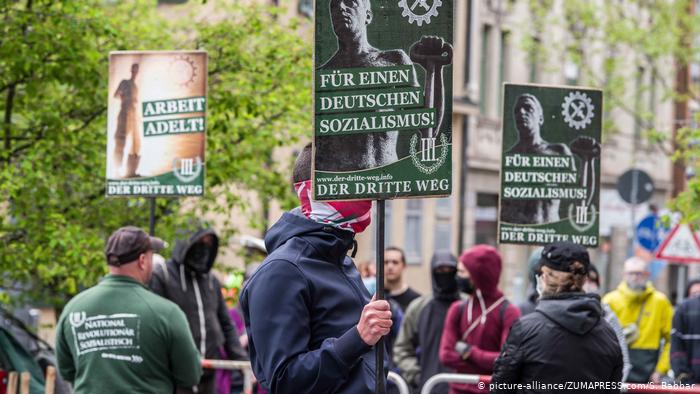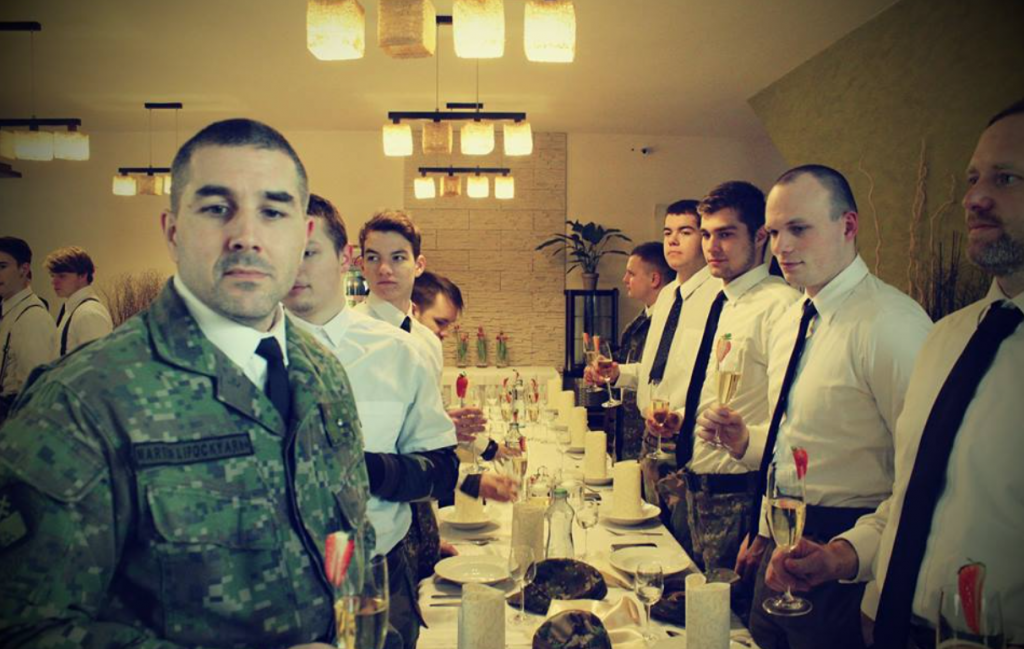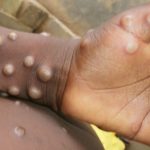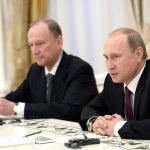Neo-Nazis and right-wing extremists take part in Russian military invasion of Ukraine, German Federal Intelligence Service (BND) claims in its report, specifying the Russian Imperial Legion, the Russian Imperial Movement and the Rusich.
German intelligence points out that the Russian Imperial Legion fought in the Donbas in 2014-2015 as well.
German intelligence claims that Rusich group has joined combat operations in Ukraine in early April 2022. It is known, however, that Rusich sabotage and assault group was formed in June 2014 and was fighting in the Donbas until 2015, and, in particular, took part in the battles for the Luhansk and Donetsk airports.
The commander of Rusich is Alexei Milchakov, a neo-Nazi known as Fritz. Before fighting in Ukraine, he incited xenophobic killings on social media and posted sadistic photos. His girlfriend, Yulia Kharlamova, also takes up neo-Nazi views, as numerous pictures show. Kirill Rimkus, another member of the group, also demonstrated commitment to neo-Nazism.

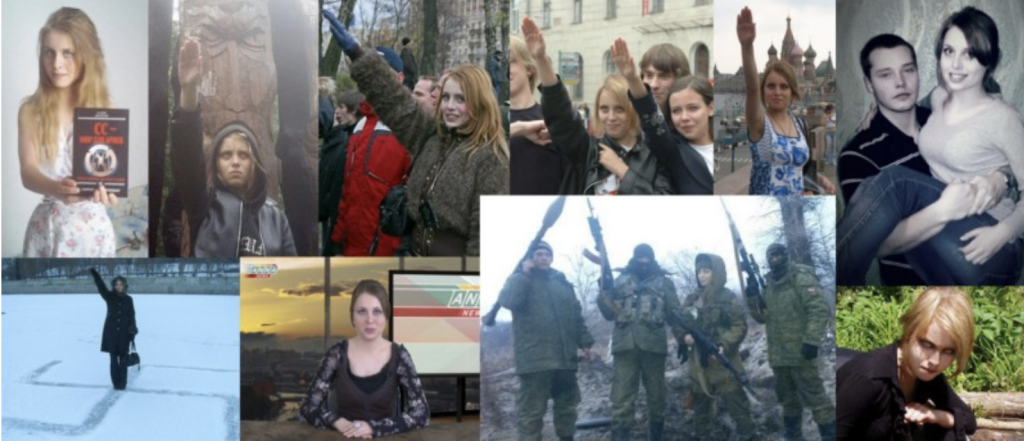
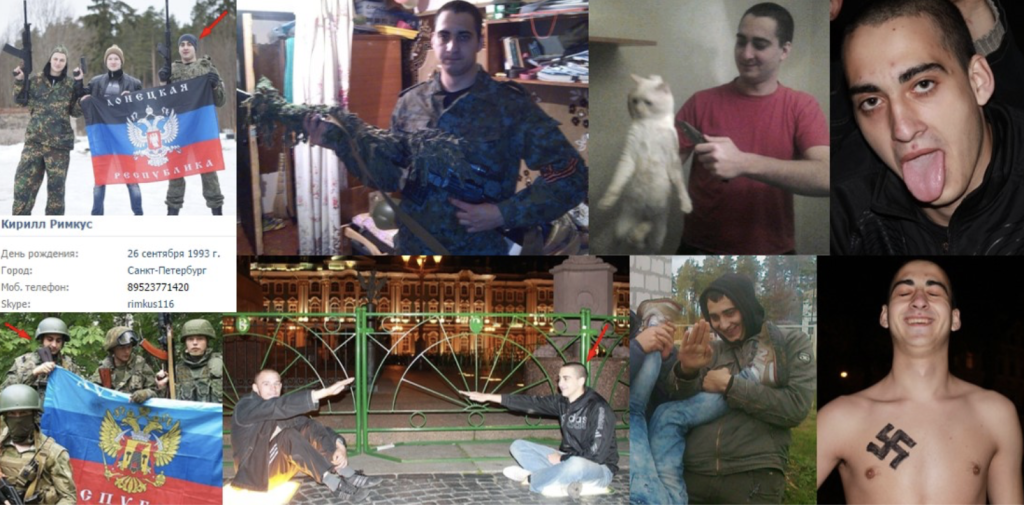
In early April, the leader of so-called DPR Denis Pushilin presented awards to the fighters who took part in the offensive against Mariupol. Roman Vorobyov, the assault squad commander, was among those awarded, wearing a uniform with Nazi Totenkopf patch. The 3rd SS Panzer Division ‘Dead Head’ had that patch. The Valknut, Scandinavian Odin’s Knot, often used by neo-pagans and neo-Nazis, can be seen on the fighter’s sleeve.
An entire squad of neo-Nazis, with appropriate symbols, such as the Valknut, used to be a part of the militia in the Donetsk self-proclaimed republics.
The Russian Imperial Legion is a paramilitary branch of a right-wing extremist neo-Nazi group, the Russian Imperial Movement.
The head of the group, Denis Gariev also leads the Partisan Tactical and Fire Training Center, where militants fromWestern and Northern Europe used to be trained.
Gariev was the chairman and co-founder of the St. Petersburg regional public organization DND Reserve Druzhina (located at the same premises as Partisan). And in 2018, it became the Evrika NGO, which received government orders for more than 10 million rubles from the FSB, the FSO, the Interior Ministry, the Chief Military Prosecutor’s Office and other Russian agencies.
The Rusich group, according to the BND, is known for extreme cruelty and the reputation of those who never take prisoners. Rusich is often linked to the Wagner Group, but our data suggest it has ties with Russian military intelligence, while links to Wagner are visible just because the group is formed like a private military company.
Russian Vkontakte has a page for the ‘sabotage and assault reconnaissance group Rusich’: a ‘volunteer unit’, as they call themselves.
It was initially formed by nationalists from Petersburg and Moscow. The group was included into the second squad of the Batman RRT that fought in the Donbas.
The BBC also reported in 2020 there were links between Russian and Swedish nationalists, including two ‘bombers’ convicted of terrorist attacks in Sweden, who had been trained at the same St. Petersburg Partisan military camp, organized by the Russian Imperial Movement.
Nazi Germany made active use of the slogan: “One people, one state, one leader” (Ein Volk, ein Reich, ein Führer). Putin, in fact, used the same principle to build the Russian state. It is a federation only formally. In reality, this is a rigidcentralized unitary empire headed by a dictator with no alternative.
The Nazi regime in Germany grew out of the trauma by defeat in World War I.
In the same way, the Putin regime grew out of the trauma by the Soviet Union collapse.
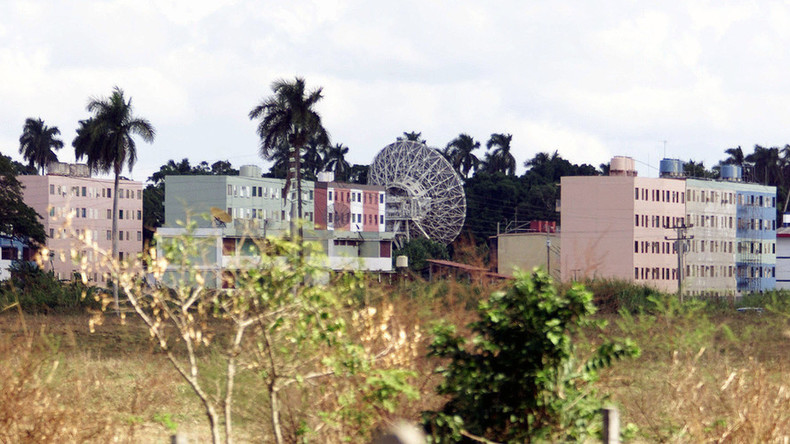
Read also: Putin trying to replay Cold War in his favor
The objective of Putin’s policy coincides with that of Hitler – to restore the ‘lost greatness’ of his state, to regain territories where Russians, Russian-speaking or Russia-friendly people live. Putin thought all Ukrainians were friendly to Russia, while lots of even Russian-speaking Ukrainians are hostile to Russia and are members of patriotic groups, like Azov.

Read also: Russia’s political line: neo-Nazism
As the RLI pointed out before, the Putin regime, from 2008, has shown dynamic shift towards neo-Nazi ideology. The Kremlin has updated the topic of fight against fascism to hide clear signs of Nazism in Russia’s politics and foreign policy.
The Putin’s rule shares similarities with fascist regimes, Timothy Snyder, a historian and writer stated in the article ‘How a Russian Fascist Intervenes in American Elections,’ published by The New York Times in 2016.Meanwhile, Anton Shekhovtsov, the Center for the Integrity of Democracy head in Vienna, known for his research in far-right movements, believes Russia is a right-wing authoritarian kleptocracy, as its essence is right-wing. Not declaring that ideology, Russia promotes right-wing ideas both at home and globally. That is in line with our conclusions on the mindset of Russians, the following analysis presents.
The Kremlin cultivates the Nazi ideology in Russia, as it permits manage the people easily, mobilize them around the leader, and divert attention from domestic challenges to xenophobia and chauvinism, which make people more aggressive and ready for war.
That way, the regime gets embittered and motivated fighters who hate the enemy. And that coincides with the interests of ruling regime.
The most important features of Nazism are the glorification of history, the idea of national unity (the peoples of the Caucasus and Siberia are considered Russian), the prevalence of communal values over individual values, a strong ethnic connotation, praising the virtues of force, especially military force, and masculinity, with their fans incited against their rivals. Aside of that, it is a corporate economy, subordinate to the objectives set by the state. Plus – the figure of the leader. All that looks very much like modern Russia.


